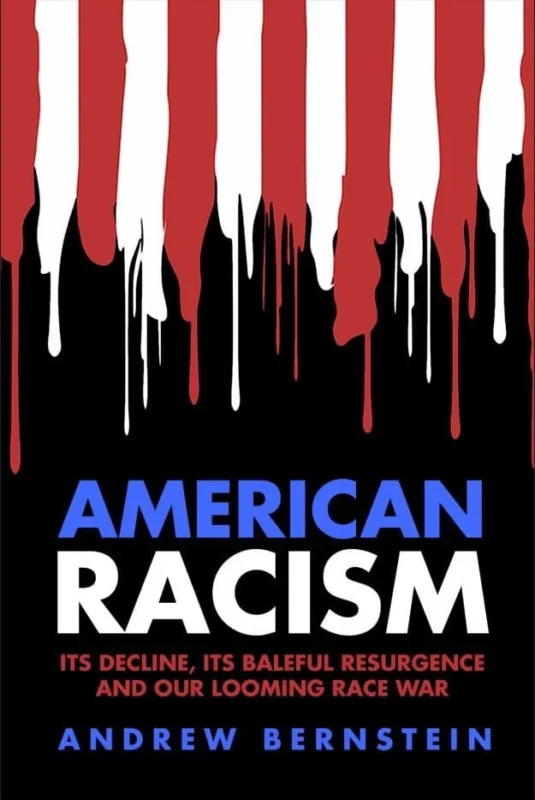Fear is an investor’s best friend. Fear makes stocks cheap, so that you can buy them at great prices. But, of course, to dare to do that, you have to be unafraid. It’s a bit of a paradox.
Stocks have soared since the climax of fear this summer — a “bubble of fear” created by an intensely negative, bitter and divisive presidential election. I’ve been saying all along in this column that the bubble would burst as the election got closer, and finally got over with. And indeed it has.
Growth stocks are strongly in the lead in this rally, which is just what you’d expect, since growth stocks get beaten down the hardest in times of fear. My two favorite equity sectors — technology and basic materials — are in first and third place, respectively, since the year’s bottom on August 13 (consumer discretionary nudged materials out of second place just yesterday).
That means there’s less fear in the market than there was in August. True enough, but there’s still plenty of fear to go around (so don’t be afraid of a shortage). Just look at how cheap stocks are: prices haven’t even begun to reflect anything like fearlessness. With the S&P 500 up just 7% year-to-date, stocks have a long way to go to reflect the 23% increase in earnings already booked this year.
And beyond that, the economy is now reaccelerating after an overhyped “soft patch,” so there’ll be more earnings gains to come. And those gains surely aren’t priced in stocks yet. As we learned last night from Intel’s midquarter review, even given-up-for-dead tech giants can surprise on the upside when growth starts to get back into high gear.
Of course, aiding the economy’s reacceleration is the recent huge drop in oil prices. They only got so high in the first place because of fear. They were driven above $55 a barrel not by increases in consumption or slackening supply, but because of hoarding and speculation. But the bubble of fear has burst, and oil prices have cracked definitively. And that’s terrific news for the economy and for stocks.
So the worst of the fear is over, but investors are still timid. And that means there’s still a lot of room on the upside for stocks.
I know investors are still afraid, because I talk to the largest professional investors in the world every day. And believe me, they are scared. I’ve never heard such a list of fears — up to and including some end-of-the-world catastrophe scenarios about the falling dollar. A couple of big investors have even told me they’re scared because they think other investors are too optimistic!
Well, let me tell you a little about what optimism really looks like. Remember what it was like in late 2001 and early 2002, the months right after the terrorist attacks of September 11? Of course, right after the attacks everyone was good and scared. But by the end of the year, stocks had recovered, and a wave of patriotic confidence was sweeping the nation. Back then economists started talking about a sharp and sudden end to the recession — they called it a “super-V recovery,” because it would be shaped like a big letter “V”. A steep drop, then a quick recovery.
To be fair, I suppose you could say something like a recovery actually did happen. According to the gurus at the National Bureau of Economic Research who officially set the dates for business cycles, the recession ended in November 2001. Two months later corporate profits started to rebound, and recovery in gross domestic product started in the first quarter of 2002.
There was just one little problem. None of that good stuff mattered. From the stock market highs of late 2001 and early 2002, the S&P 500 fell a mind-numbing 32% by midyear 2002. Nobody was afraid at the beginning of that year — but they sure should have been.
Now, after three years, the stock market has finally gotten back to the highs of late 2001 and early 2002, and moved above them. But is anyone talking about a “super-V recovery” now? Nope. It’s all about how “the consumer is overextended”; “America is a debtor nation”; “the dollar is collapsing because of our trade deficit”; “there’s no tech spending”; “there’s a housing bubble”; and on, and on and on. It’s like the chorus in a Greek tragedy.
So don’t worry about the market dropping 32% from these levels. That’s what happens when everyone thinks everything is great. When they’re in that kind of mood, they bid stocks up so high that there’s nowhere to go but down. But when investors are as afraid as they are today, there’s always lots of room on upside, and not very much downside risk.
The only thing that can really pose a big risk to stocks is something that investors are overlooking — something that they aren’t afraid of, but ought to be. If you are a regular reader of this column, you know what I think that is: inflation.
For two years now, commodity prices have been creeping up, and the dollar has been moving lower — two infallible signs that inflation is coming. Then last January, the inflation started to show up in reported statistics like the Consumer Price Index. But pretty much everyone has ignored it, and the Federal Reserve has kept explicitly saying it’s not happening.
Happily, that’s beginning to change. This week Fed officials have started to drop hints that they’re a little bit more afraid of inflation than they’ve been letting on. That’s terrific news, because that means they’ll start combating it by vigilantly raising interest rates.
Ah, but in an atmosphere of fear, even that good news is bad news. Every investor I talk to is worried that if the Fed gets more aggressive about rate hikes, that will be bad for the economy and bad for stocks.
Perfect! I love it when they’re afraid! And I especially love it when they’re afraid of something that’s actually a big positive. That means that their fear keeps stock prices nice and low for me in the short term so I can buy them. But then later, when the positive thing they were afraid of starts kicking in, stock prices will move up. And what could be more positive than the Fed stopping inflation? There’s nothing to fear in that.
The last time the Fed had to go on serious inflation alert was the four-year period from 1987 to 1991. During that time inflation increased almost two percentage points, and at one stage the Fed had to hike interest rates as high as 9.75%. But it really didn’t faze stocks. The more the Fed raised rates, the higher stocks went. Over those four years, the total return for the S&P 500 (including price appreciation and dividends) was about 50%.
Right now we’re in a fear sweet spot. The worst of the fear is over, so stocks have hit bottom and are starting to move up. But there’s still enough fear around so that stocks have lots of room overhead. Fear not: it’s not too late to get in.
The above is an “Ahead of the Curve” column published December 3, 2004 on SmartMoney.com, where Luskin is a Contributing Editor.









